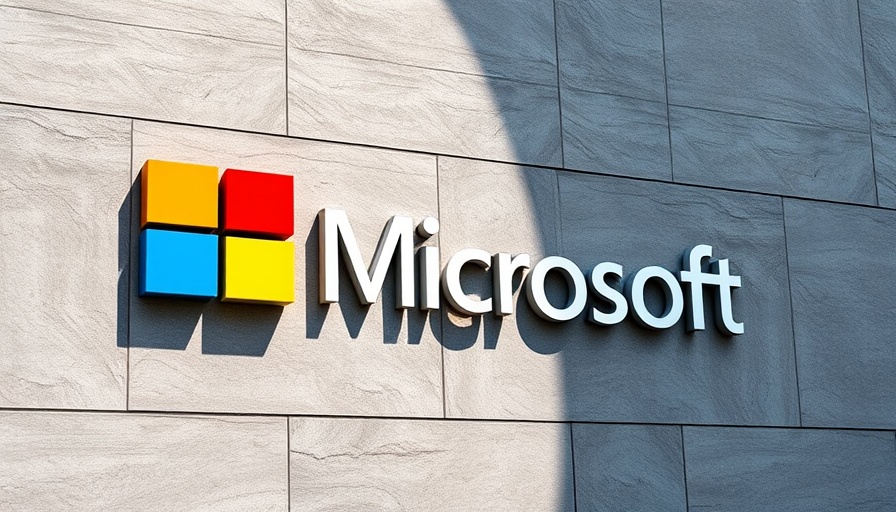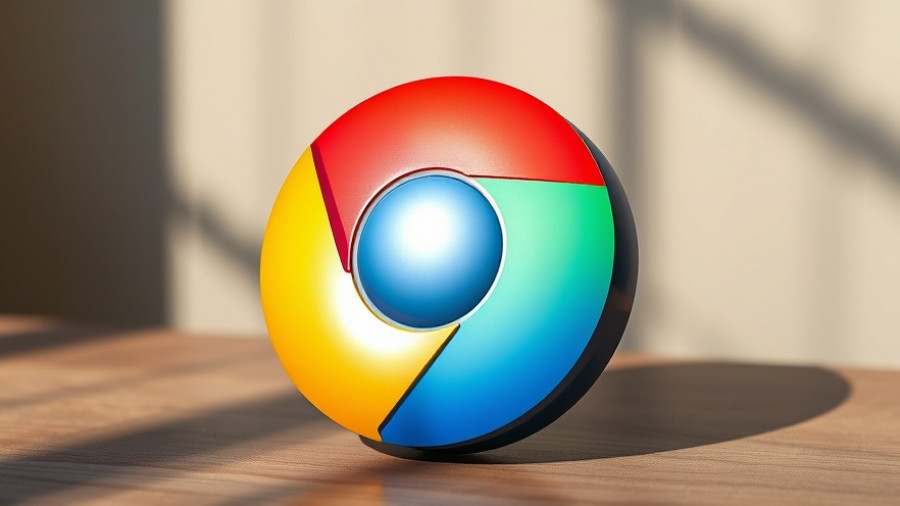
Revolutionizing Digital Monetization: Microsoft Just Stepped Up
On April 14, Microsoft unveiled a substantial update to its Monetize platform, putting high-tech tools at the forefront of digital publishing. This update, featuring an AI-powered Copilot, centralized dashboard, and streamlined navigation, marks a pivotal shift aimed at enhancing productivity and maximizing ad revenue for publishers. Most importantly, the integration of AI aims to make working smarter the new norm in digital monetization.
AI-Powered Copilot: Your New Digital Assistant
At the core of these advancements is Microsoft’s Copilot integrated directly into the Monetize system. The AI assistant is set to transform how teams handle their workflows by surfacing critical insights without manual intervention. Questions like "Why is my fill rate down?" or "Which line items are underperforming?" now have immediate answers, thanks to Copilot's real-time capabilities. By proactively alerting users about revenue-impacting issues, such as underperforming creatives or unexpected dips in CPM, Copilot significantly reduces troubleshooting time. This means monetization teams can refocus their efforts on driving revenue rather than getting bogged down in diagnostics.
A Centralized Dashboard for Enhanced Decision-Making
The revamped homepage in the Monetize platform serves as an informative command center, streamlining how publishers navigate their performance data. No longer will users waste time hopping between multiple tabs; the new centralized dashboard summarizes revenue trends, key performance indicators (KPIs), and system notifications. For teams managing multiple properties, this feature is vital, allowing them to prioritize intervention strategies that yield the highest revenue gains. With just a glance, users can assess the health of their monetization efforts and strategically drill down to find solutions.
Simplified Navigation: The Key to Efficiency
Microsoft’s update also introduces a cleaner navigation experience with a redesigned left-hand panel layout. For publishers often facing the complexities of ad inventory management, this fresh format eliminates previous friction points, paving the way for a smoother user experience. Ease of navigation is crucial in maximizing efficiency and helps teams react swiftly to market changes and opportunities.
The Future of Digital Monetization: Embracing AI
In a rapidly evolving tech landscape, artificial intelligence stands as a disruptive technology that is reshaping how businesses operate. Microsoft's commitment to integrating AI into their Monetize framework reflects a broader trend across the tech industry, where organizations increasingly leverage AI to optimize operations and drive revenue growth. As we move deeper into 2025, the demand for such innovations in the technology landscape will only grow, pushing publishers to adapt or risk falling behind.
Conclusion: A New Era for Publishers
With these updates to the Monetize platform, Microsoft positions itself at the forefront of the publisher-tools landscape. The AI-driven enhancements, combined with a focus on usability, are key to ensuring that users can focus on strategy rather than simply troubleshooting. As the tech industry continues its rapid evolution, leveraging such tools will be vital for maximizing efficiency and revenue in digital publishing. The future looks promising for those who embrace these innovations.
 Add Row
Add Row  Add
Add 




Write A Comment